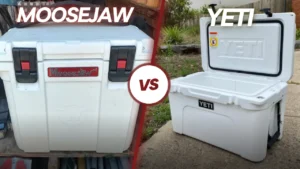Coolers are a great way to keep food and drinks cold, but to make sure things don't spoil it's good to know exactly how cold a cooler full of ice is.
How does it compare to your fridge or freezer at home and how can you make sure it stays cold enough that your milk, meat and other perishables don't get ruined before you get a chance to eat or drink them.
A cooler full of ice will start out at 0ºF (-18ºC) with ice straight from the freezer but will then drop to and stay at exactly 32ºF (0ºC) if the ice is partially melted. The air space above the ice can be warmer, especially when most of your ice is melted, so use a small thermometer to track the temperature and try to keep it below 40ºF (4ºC).
In this article we'll go into more detail about the temperature your cooler is likely to be at in certain situations as well as how you can keep your cooler colder and your food safer for longer.
When You First Put Ice In Your Cooler It 0ºF (-18ºC)
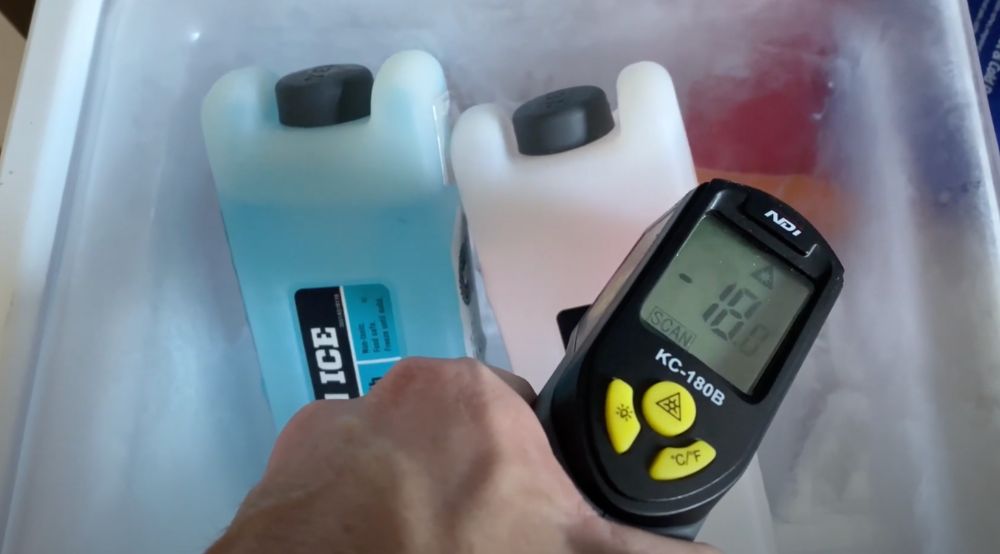
When you first fill your cooler up with ice that ice is going to be colder than freezing temperature.
Most home freezers are set to 0ºF (-18ºC) and ice or ice packs kept in the freezer will lower down to this temperature.
So when you first fill up your cooler with brand new ice from the freezer it's going to be the exact same temperature of your freezer.
However (and unfortunately) it won't stay this way for long. Because as soon as you take the ice out of the freezer and put it into your cooler it's going to start warming up.
When Ice Is Partially Melted It's 32ºF (0ºC)
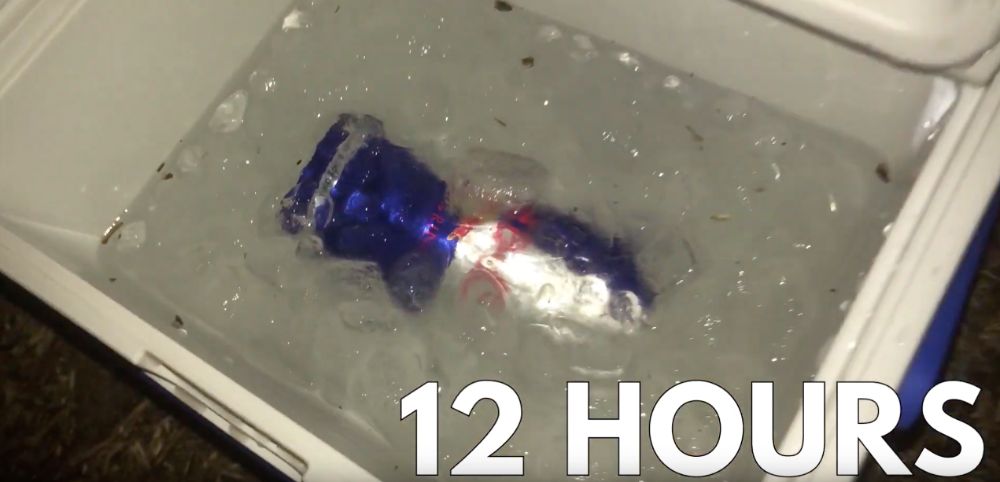
The ice in your cooler will eventually warm up to 32ºF (0ºC) which as I'm sure you know is the melting temperature of water and your ice will start to melt.
At this point something fascinating happens. The combination of ice and water will get stuck at the temperature of 32ºF (0ºC) and won't get any warmer.
It's a long story why this happens (see my article on the science behind this) but basically energy is being put into making the ice turn from solid into liquid and not into raising the temperature of the water.
There can be warmer pockets in the ice/water mixture yes, but overall it's going to stay a 32ºF (0ºC) at least until most of the ice is melted.
The Air Above The Ice
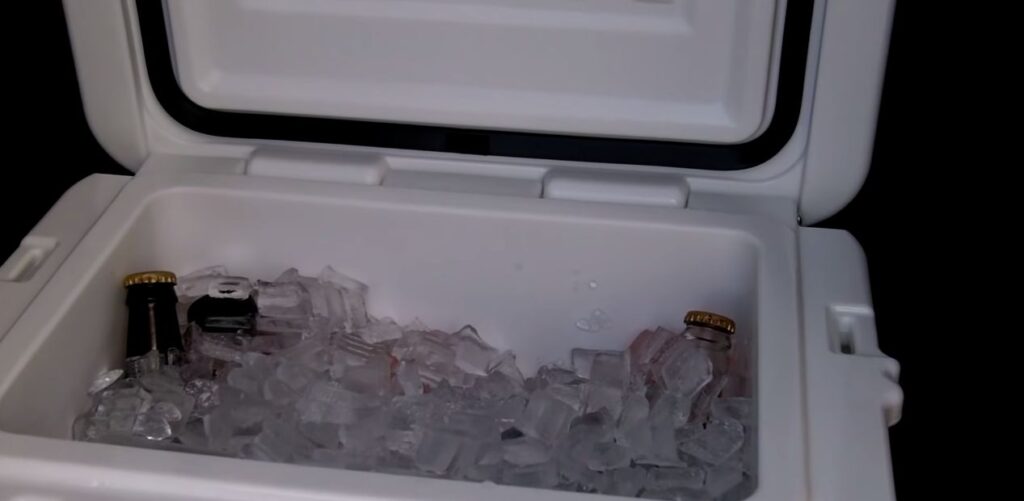
If there is air space above the ice (or icy water) in your cooler then it makes sense that this air space is going to be warmer than the ice below it.
You've got heat coming in from the top of the cooler and when the cooler is opened warm air is introduced into this space.
When the cooler is completely full of ice that hasn't melted this air can often be below 32ºF (0ºC) however as the ice starts to melt and you have more and more water this space can really warm up.
How hot this air space is depends on a variety of factors including outside temperatures, quality of the cooler, how much ice, how much food/drinks in your cooler etc.
It's impossible to tell what temperature this air is and this is where food and drinks (like milk) can spoil quite rapidly if it is too hot.
The USDA recommends you keep items below 40ºF (4ºC) to stop rapid growth of bacteria and mold.
I suggest using a cheap fridge thermometer like this one you can get at Amazon and sticking it to the inside of your cooler so you can see exactly where the temperature is at.
How Cold Should A Cooler Be?
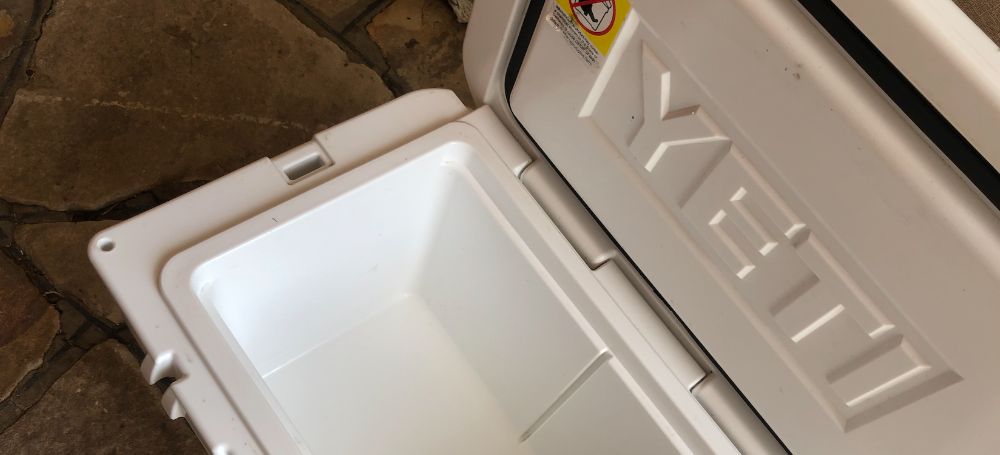
You should aim to keep your cooler at or below 40ºF (4ºC) in order to keep food safe for extended periods of time.
If the cooler temperature goes above this then bacteria can grow more rapidly which can lead to spoiled foods.
Foods like dairy and meat will spoil more quickly than food like vegetables which can last longer in warmer temperatures and still be fine to consume.
How To Keep Your Cooler Colder
If you aren't careful your cooler can warm up too much and not keep food at safe temperatures. But there are a few things you can do to keep your cooler colder so food stays fresh and nothing goes bad.
Top Up Regularly With Ice
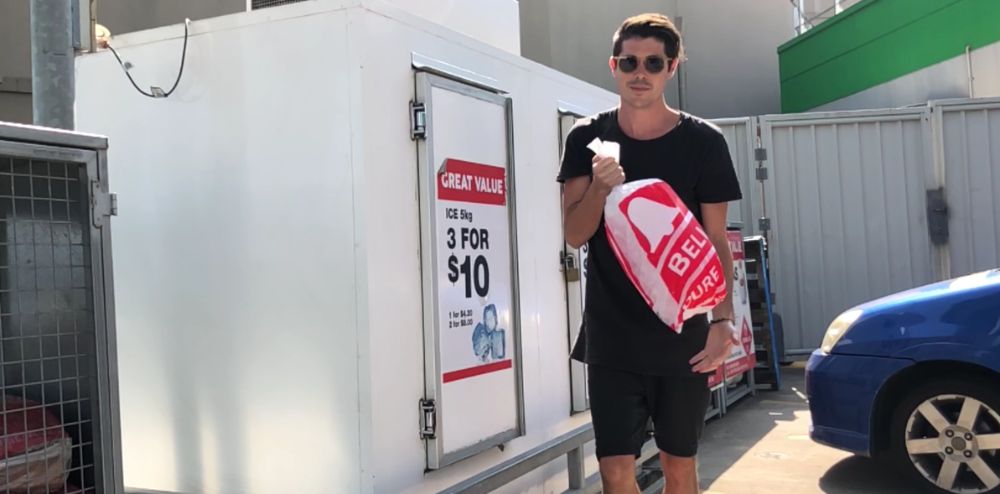
Even if you start with a cooler 100% full of ice as that ice melts and turns to water you'll have more air space in the cooler and the cooler won't be as cold.
As time goes on and you have more water and less ice this is when things can really heat up.
Drain your cooler and top up with ice on a regular basis. Try to keep your cooler half to two thirds full of ice at all times if you can. I talk more about this in my article on how much ice should you put in a cooler.
Add Salt To Your Ice
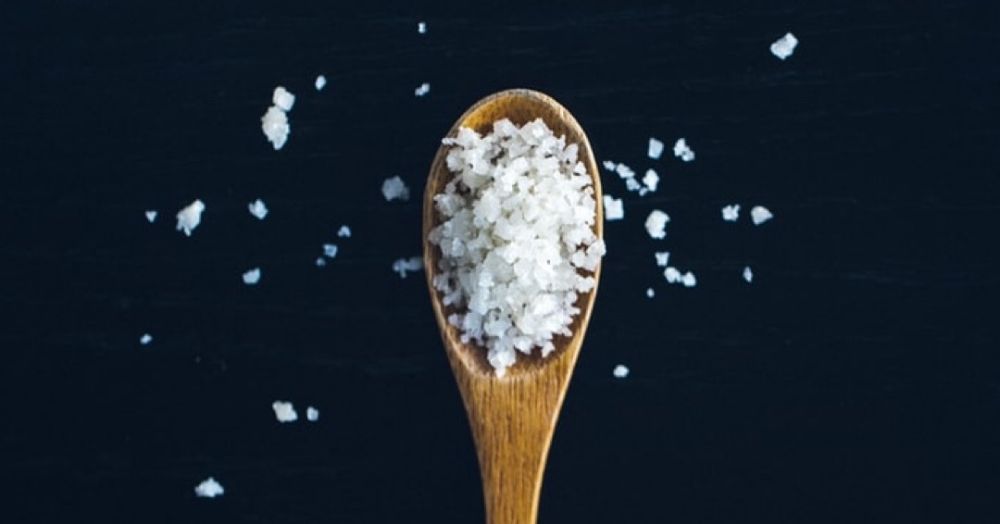
By adding salt to your ice you lower the melting point of the ice.
It gets a bit technical (like above) but basically this means that the mixture of ice and water will be colder with salt than without salt.
With salt added your cooler can stay at as low as 20ºF (-7ºC) whereas without ice it'll only stay at 32ºF (0ºC). So this can make a huge difference in how cold your cooler is. More details on the science behind why salt makes ice colder.
This is especially important if you're trying to keep things frozen rather than just keep them cold.
Use Dry Ice
The ultimate way to keep a cooler especially cold is to use dry ice.
Dry ice is frozen carbon dioxide and it's a chilly -109ºF (-78ºC) so it'll keep your entire cooler much colder than regular ice would. See the differences between dry ice and regular ice here.
Dry ice will keep everything in your cooler completely frozen so it's not great to use with carbonated beverages like soda and beer. But it can be great for keeping meats and other perishables completely frozen until you're ready to thaw them and cook them.




